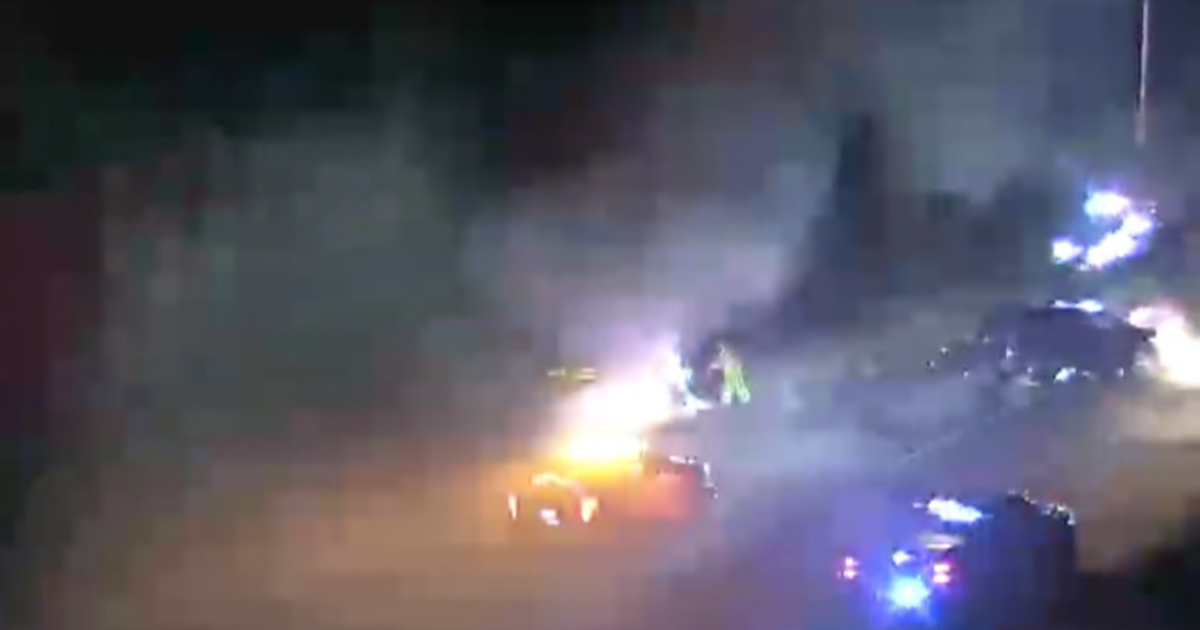Changes In Twin Cities Neighborhoods Have Some Residents Fearing Displacement
MINNEAPOLIS (WCCO) -- Neighborhoods across the Twin Cities are changing, but some say that's not always a good thing. Longtime residents of now "up and coming" areas could be getting forced out.
That was one finding of a University of Minnesota research project put on by the Center for Regional and Urban Affairs (CURA).
It looked at gentrification in five neighborhoods in Minneapolis and St. Paul.
- North Minneapolis: Willard Hay/Harrison
- Northeast Minneapolis: Sheridan, St. Anthony West, St. Anthony East, and Logan Park
- South Minneapolis: Phillips West, East Phillips, Powderhorn Park, Corcoran, Central & Bryant
- Hamline-Midway in Saint Paul
- Frogtown/Thomas-Dale in Saint Paul
Neighborhoods there are being revitalized, but possibly at the detriment of some people who live there.
From breweries, to eclectic shops and art studios, Northeast Minneapolis has become a destination for renters and new homeowners.
"Been living in Northeast around 10 years, but owned the house almost five," said Molly Meyer, who lives in the Logan Park area of Northeast.
Meyer says she's happy to see growth in the area, specifically her home's property value.
But she feels the change isn't always for the better.
"One thing that we really honored about Northeast was the diversity and all the different types of people who lived here. The artists, the creativity that Northeast kind of always brought out in people," she said. "And when the pricing goes up then those people can't afford to live here."
In the five areas identified in the U of M's gentrification research, all 58 residents interviewed listed affordability a top concern. Eighty-eight percent of them noticed an "increase of whiteness in their community." Fifty-three percent said that usually included people with higher incomes or more professionals.
The research showed 67 percent of those interviewed feared they would eventually be displaced due to the rising property values.
"They see lots of newcomers, new families that don't look like them, higher incomes, higher education, they are in fear of their inability to stay and become owners," said researcher Dr. Brittany Lewis.
In the Willard Hay neighborhood, a foreclosed home was valued at $165,000 according to Zillow.com.
That same home was only valued at $72,000 in June 2012.
"This is an undervalued community, but some people know that," Dr. Lewis said. "And so they're coming in this neighborhood and others and they're racking the prices up so high and folks are paying for it because they know this is an area in the city where you can get the more house for money."
Property values aren't the only way to measure gentrification according the Dr. Lewis.
"We want folks that are historic to neighborhoods who have built cultural, social, and economic connections to be able to stay," she said.
Meyer's neighborhood is known as an art district, but the research found several artists were now struggling to afford living in the area where they work, forcing them to move out to Metro suburbs.
Dr. Lewis said many of the neighborhoods that could be next for gentrification are immediately near those identified in the research. She hopes its findings encourage city leaders in both Minneapolis and St. Paul to better understand the culture and needs of those neighborhoods, before allowing stark change to happen.



